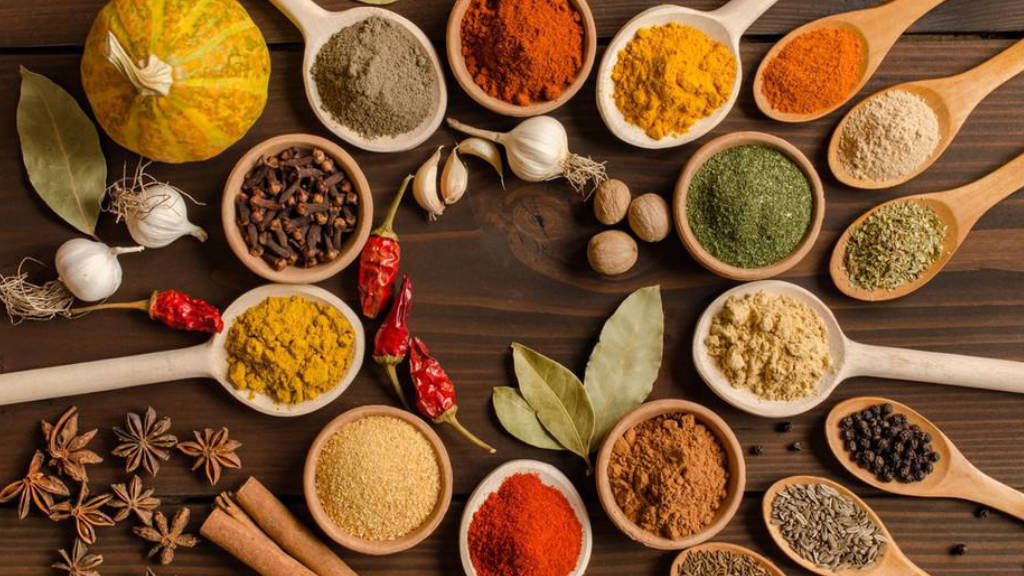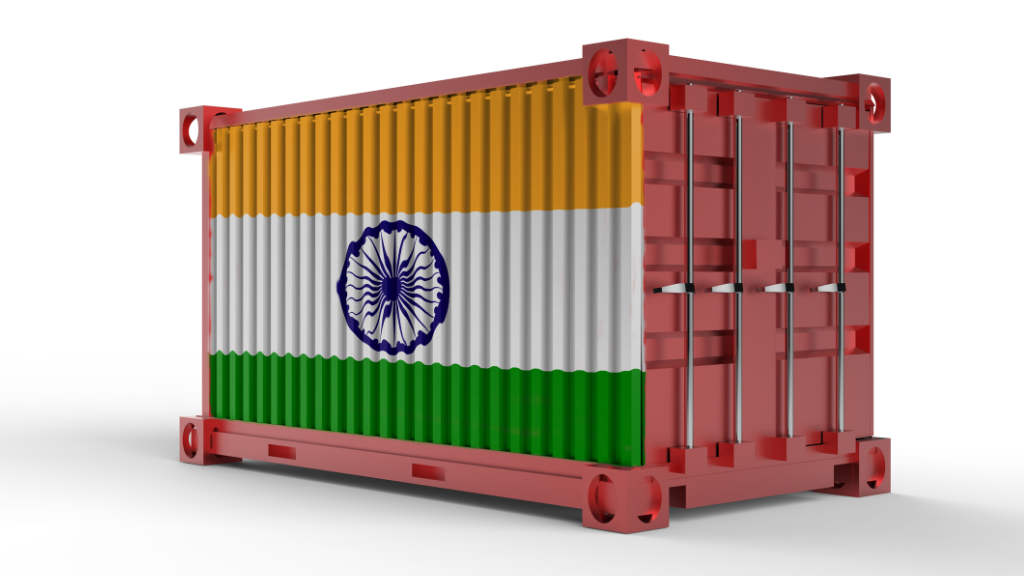The Moscow World Food Trade Fair has been held this week, with senior officials from India’s Agricultural and Processed Food Products Export Development Authority (APEDA), part of the Indian Ministry of Commerce, has said that the Russian market offers opportunities for Indian exporters across a wide range of categories, including whole grains, pulses, millets, processed foods, spices, and fruits.
The Russian government is working to remove non-tariff barriers that have been hindering imports of agricultural products and food items from India, Indian officials has stated, with the two countries now working to resolve licensing matters related to food sanitation standards and transport logistics.
An Indian APEDA official stated that “There is a lot of scope in the Russian market for agriculture and food exports. Presently, the Russian government is supporting India by facilitating market access for Indian companies. India is a reliable, quality-assured supplier across the world with all necessary quality controls. Our food processing sector has also significantly improved.”
He stressed that Indian agriculture is an important domain for both New Delhi and Moscow as they seek to expand and diversify trade, which recorded over US$65 billion in bilateral trade in the last financial year, largely due to India’s increased purchases of oil from Russia. Earlier this year, the two countries raised their bilateral trade target to US$100 billion by 2030.
India ranks eighth globally in agricultural exports with a 2.35% share, recording around US$48.76 billion in agricultural exports in 2023-24, primarily to the US, China, UAE, and others, according to APEDA. However, India’s exports to Russia amounted to just US$340 million, with guar gum, non-basmati rice, buffalo meat, and various processed foods topping the list.
Officials noted significant potential to enhance trade between India and Russia, highlighting the increased contacts between Indian importers and Russian buyers, facilitated by government bodies through exhibitions and special presentations of key Indian export items.
India is the second-largest fruit producer, renowned for its mangoes, alongside exports of seedless grapes. Indian pulses and snacks have gained global popularity, particularly due to improvements in the packaging industry and quality controls, with processed food exports valued at approximately US$7.70 billion in the 2023-24 fiscal year. Basmati rice exports reached about US$5.84 billion, APEDA reported.
The Indian officials said the country is looking for Russian investors in its food processing sector, highlighting government incentives such as tax breaks available for both domestic and foreign players. New Delhi and Moscow are also discussing initiatives such as building warehouses near Russia’s largest ports to store high-demand Indian products, providing Russian buyers greater access while reducing costs and time. India is also currently negotiating a Free Trade Agreement with the Eurasian Economic Union, and it can be expected that the Russian moves to adapt are part of this procedure.
Russian tourists are now exploring Asia in increasing numbers, including 100,000 Russian tourists visiting India in 2023, while Thailand reported 1.5 million inbound Russian visitors. Russian experiences in Asia will also spur a desire to have the same cuisine as enjoyed on vacation available for Russian consumers back home, while Asian products are already becoming a familiar sight in Russian supermarkets.
Further Reading






